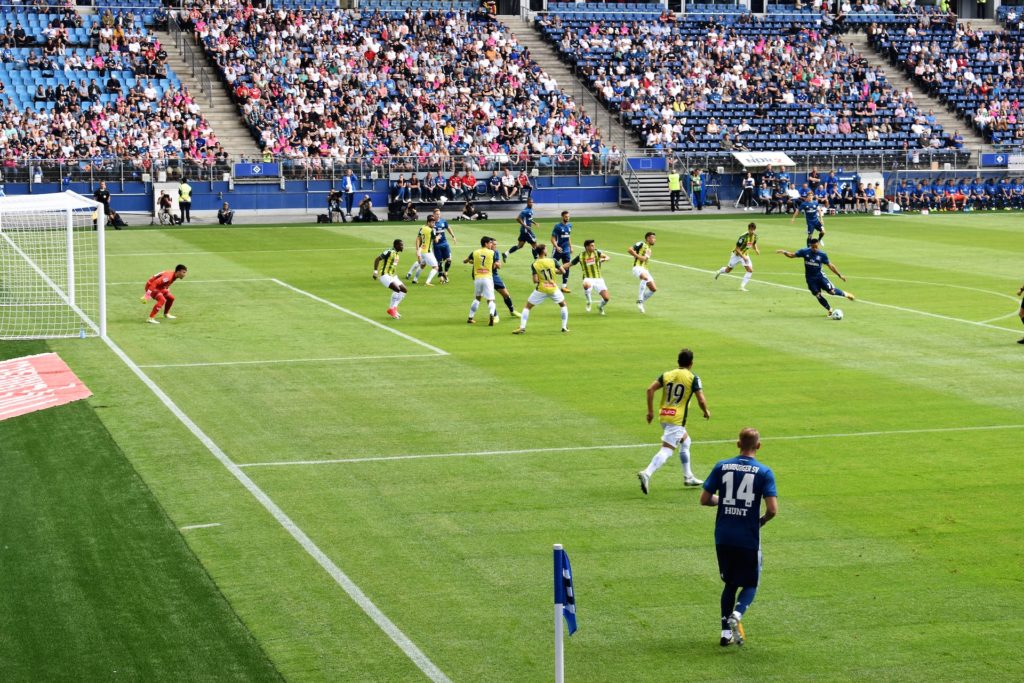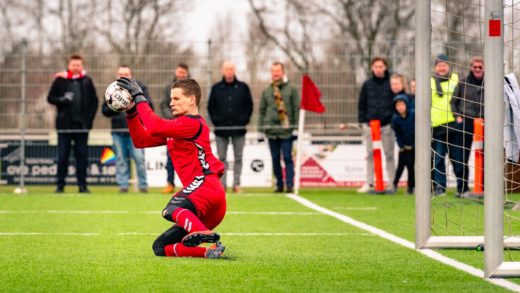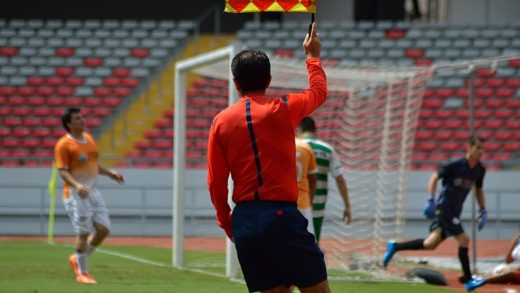
Football is a game of attack and defence. Teams must find the right balance between the two to be successful. One potent attacking weapon available to teams is the counter-attack. Executed properly, counter-attacks can lead to dangerous goal-scoring opportunities. But what exactly are counter-attacks in football and how are they used effectively? This article will provide an overview of counter-attacking in football.
What Is a Counter-Attack in Football?
A counter-attack in football is a swift, incisive attack made immediately after the defending team wins back possession of the ball. The aim is to catch the opponent off-guard before they can regain their defensive shape. Counter-attacking requires speed, vision, technical skill, and intelligent movement from players to exploit the spaces left by defenders caught out of position.
The essence of an effective counter-attack is the rapid transition from defending to attacking. Rather than leisurely building up play from the back, the team will look to spring forward quickly upon regaining the ball. They will aim to take just a few passes to advance the ball into dangerous areas before the opposition can react.
Counter-attacks are all about recognising and capitalising on the moments when the opponent is most vulnerable. After losing possession, players are often still pushing forward leaving gaps to exploit. Those seconds of disorganisation are what the counter-attacking team aims to punish with their speed and precision.
When Are Counter-Attacks Used in Football?
There are certain situations in a football match that lend themselves to the use of counter-attacks:
- Against a dominant opponent: Counter-attacking can be an effective tactic when facing a superior team expected to have more possession. Absorbing pressure then breaking quickly is one way for the underdog to threaten.
- Against heavy pressing: Teams who aggressively press high up the pitch are vulnerable if possession is lost. Their players may be caught ahead of the ball and spaces open to attack.
- After winning possession in deep areas: Winning the ball back near your own goal presents the perfect chance to counter. The opposition will have committed players forward leaving room to exploit behind them.
- On the road against home teams: Away sides often soak up pressure then counter-attack. Absorbing the home team’s attacks before bursting forward on the break.
- When chasing a game: If a team is losing and needing a goal, counter-attacks can provide opportunities. The opposition may pour forward leaving them exposed.
The unifying requirements for effective counter-attacking are space to attack and opponents who are off-balance or out of position. Certain scenarios increase the chances of those conditions arising.
Characteristics and Tactics of Effective Football Counter-Attacks
Counter-attacks require specific tactical approaches and player profiles to succeed. The key characteristics and tactics include:
| Characteristic | Description |
|---|---|
| Speed | Quick bursts by attackers to exploit gaps before they disappear. |
| Direct play | Incisive through balls and forward running rather than elaborate buildup. |
| Vision and awareness | Instantly recognising opportunities and executing precise passes. |
| Supporting runs | Angled runs in behind defence or sprinting forward to receive outlet passes. |
| Clinical finishing | Composed one-on-one finishing against the keeper due to defenders scrambling. |
| Pressing triggers | Pressing to force risky passes and trigger counters. |
| No fouling | Avoiding needless fouls around the box that allow the opposition to regroup. |
Executing this combination of speed, precision, and intelligent movement is the key to transforming turnovers into dangerous attacks before the opponent can react.
Notable Counter-Attacking Sides and Players
Certain teams and individuals have become renowned exponents of the counter-attack:
- Liverpool (2020-21) – Jurgen Klopp’s high-intensity pressing system creates counters. The pace of Mane, Salah and Firmino was devastating.
- Netherlands (1974-78) – Johan Cruyff and Total Football thrived on fluid counters. Marco van Basten and Ruud Gullit led iconic 80s sides.
- Cristiano Ronaldo – A supreme athlete and dribbler, Ronaldo terrorised defences on the break for Man United and Real Madrid.
- Arjen Robben – Cutting inside from the right wing, Robben was a feared counter-attacking weapon for Bayern Munich and Netherlands.
- Gareth Bale – Bale used his phenomenal pace from the left flank to devastating effect when counter-attacking for Tottenham and Real Madrid.
- Kylian Mbappe – With his electrifying speed, Mbappe is arguably football’s current deadliest counter-attacking threat.
These players and teams all share(d) the attributes of speed, precision passing, vision, and clinical finishing required to successfully weaponize the counter-attack.
Pros and Cons of Counter-Attacking
Pros
- Catches opponents off guard
- Leads to high quality goalscoring chances
- Allows weaker teams to threaten stronger opponents
- Exciting, high-tempo style for fans
Cons
- Requires specific fast, clinical player profiles
- Can leave the team vulnerable if counters are misplaced
- Over-reliance can make buildup play predictable
- Frustrating for fans if counters fail to produce goals
The main trade-off with counter-attacking is risk versus reward. Used correctly, counters can produce goals and upsets. But misplaced counters can lead to being exposed. Teams must find the right balance to suit their players.
In summary, the counter-attack is one of football’s most thrilling and potentially devastating weapons. Well-drilled teams utilise counters at key moments by punishing opposition vulnerability with clinical, rapid-fire attacks. Mastered correctly, counter-attacking football can overcome superior opponents and thrill spectators. However, teams must also recognise its inherent risks and seek the right balance with more methodical buildup play. When executed to perfection, the counter-attack embodies football at its most dramatic and compelling.


